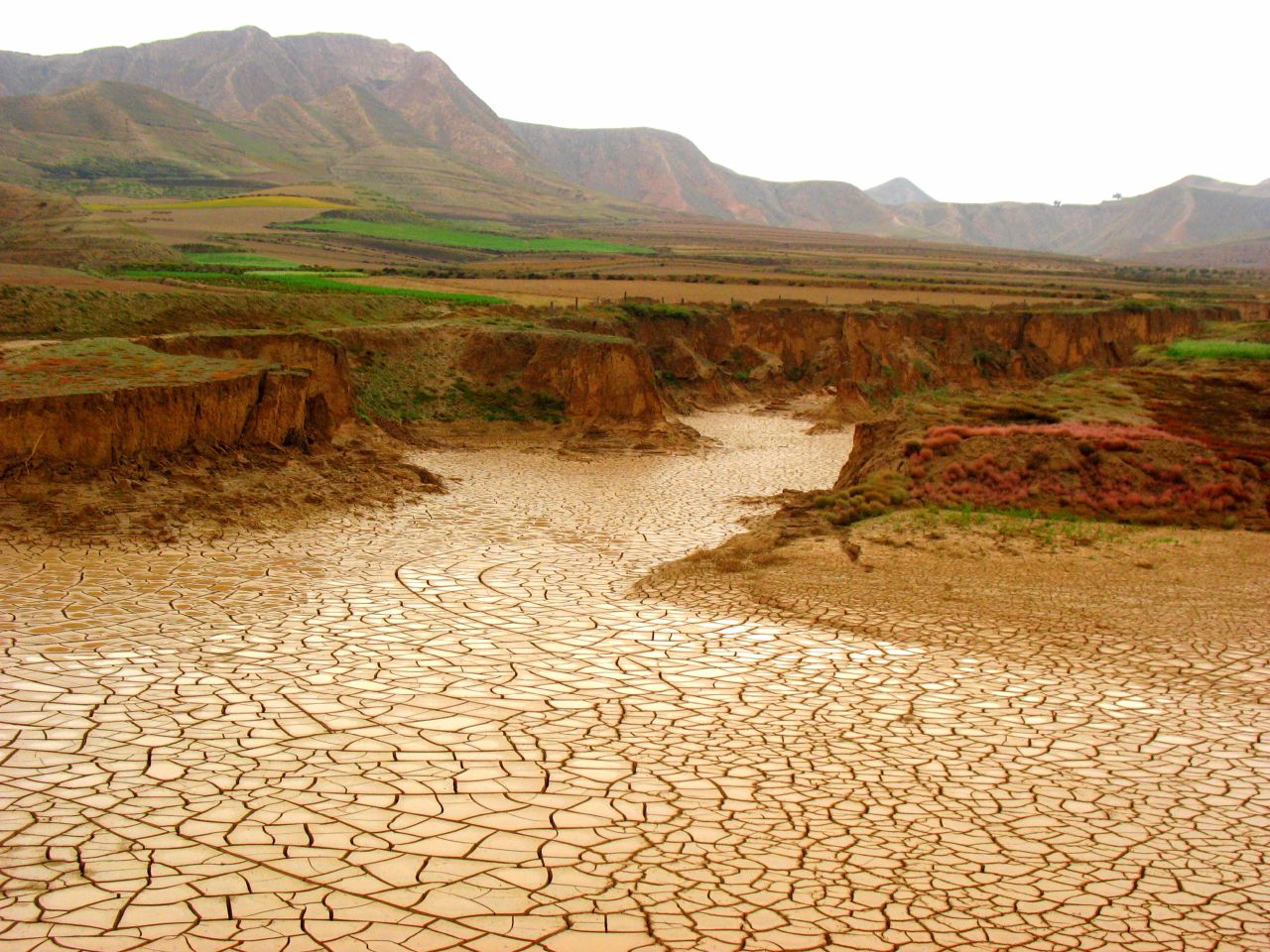Going where the blogs take me and I should add a DISCLAIMER: All the pictures featured on this page belong to their respective owners. If you see your picture featured and don't want it to be, email me with link and I will take it down right away.
Sunday, April 25, 2010
Water scarcity
Water scarcity grows in urgency in many regions as population growth, climate change, pollution, lack of investment, and management failures restrict the amount of water available relative to demand.
The Stockholm International Water Institute calculated in 2008 that 1.4 billion people live in “closed basins”—regions where existing water cannot meet the agricultural, industrial, municipal, and environmental needs of all.
1 Their estimate is consistent with a 2007 Food and Agriculture Organization (FAO) calculation that 1.2 billion people live in countries and regions that are water-scarce.
2 And the situation is projected to worsen rapidly: FAO estimates that the number of water-scarce will rise to 1.8 billion by 2025, particularly as population growth pushes many countries and regions into the scarcity column.
3 Water scarcity” has several meanings. Physical water scarcity exists wherever available water is insufficient to meet demand: parts of the southwestern United States, northern Mexico, North Africa, the Middle East, Central Asia, northern China, and southeastern Australia are characterized by physical water scarcity.
4 Economic water scarcity occurs when water is available but inaccessible because of a lack of investment in water provision or poor management and regulation of water resources. Much of the water scarcity of sub-Saharan Africa falls into this category.
5 Signs of scarcity are plentiful. Several major rivers, including the Indus, Rio Grande, Colorado, Murray-Darling, and Yellow, no longer reach the sea year-round as a growing share of their waters are claimed for various uses.
6 Water tables are falling as groundwater is over pumped in South Asia, northern China, the Middle East, North Africa, and the southwestern United States, often propping up food production unsustainably.
7 The World Bank estimates that some 15 percent of India’s food, for example, is produced using water from nonrenewable aquifers.
8 Another sign of scarcity is that desalination, a limited and expensive water supply solution, is on the rise.
World Watch
Subscribe to:
Post Comments (Atom)

No comments:
Post a Comment